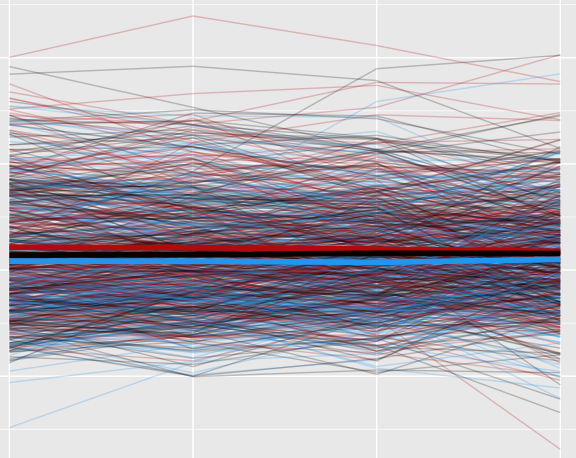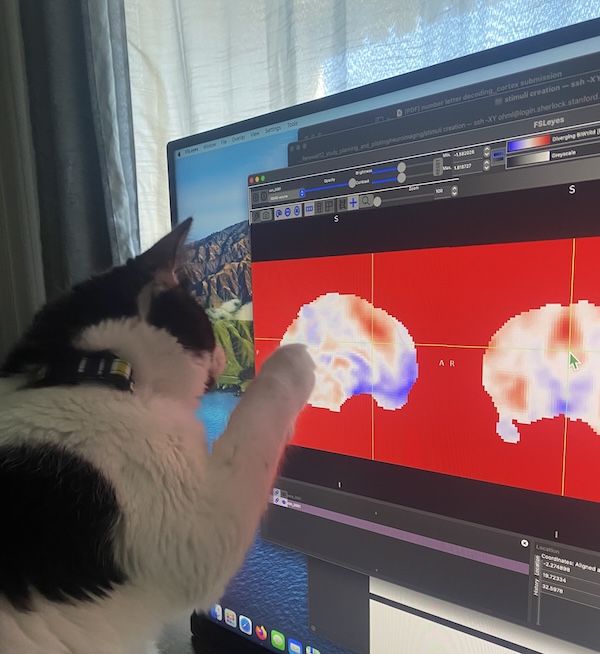Using machine learning models to construct growth charts of brain development, and to help identify functional brain network abnormality in dyslexia

For this project, my colleagues and I use functional MRI scan data from N = 742 children and adolescents to train a linear support vector regression model to predict ‘brain-age’, with functional connectivity matrices as training data and chronological age as training labels. The model is constructed and trained - using Python’s scikit-learn toolbox - to predict developmental maturity on the basis of functional connectivity data, allowing us to create brain growth charts for both typical and impaired readers. Fundamental questions include: Which connections between brain regions are driving age predictions, and is this in line with past results from general linear statistical models? And more importantly, do trained models show bias when predicting the ages of typical vs. impaired readers? Analyses have been completed, and the manuscript is currently in preparation for submission.
Professional activity associated with this project:
- [Manuscript, in prep] Lasnick, O., Kamal, S., Marrouch, N., Low, S, Hoeft, F. Modeling delays in neurodevelopmental maturity of the reading network using support vector regression on functional connectivity data.
- [Flash Talk] Lasnick, O., Marrouch, N., Kamal, S., Low, S., Hoeft, F. Growth Charts for Functional Brain Networks in Reading Disorder. Neuromatch Conference, December 2021.
- [Poster] Kamal, S., Lasnick, O., Low, S. Growth Charts for Functional Brain Networks in Neurodevelopmental Disorders. American Psychiatric Association (APA) Annual Meeting in Philadelphia, April 2020. Cancelled due to Covid-19.
